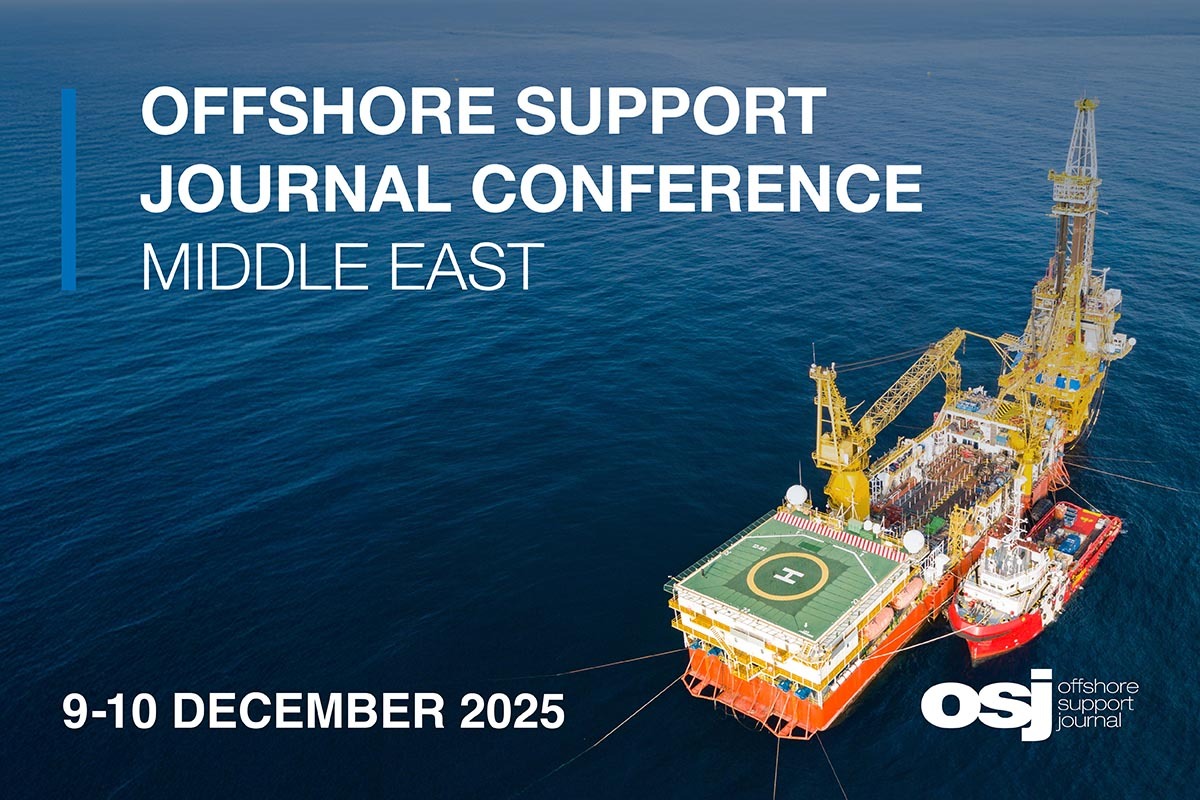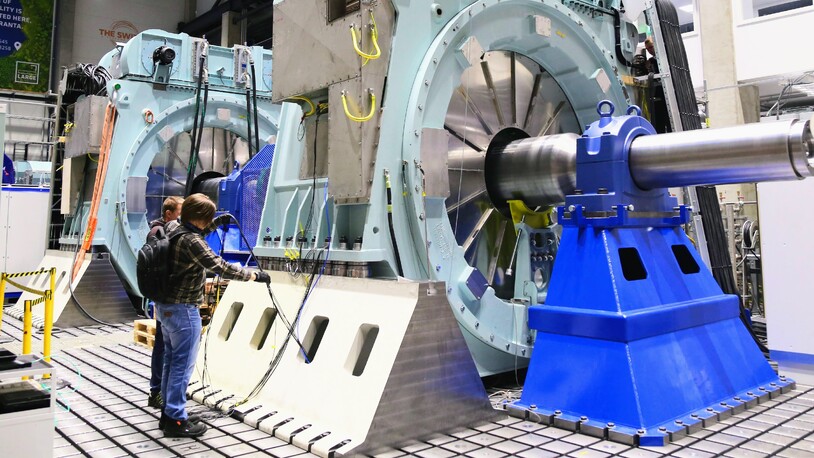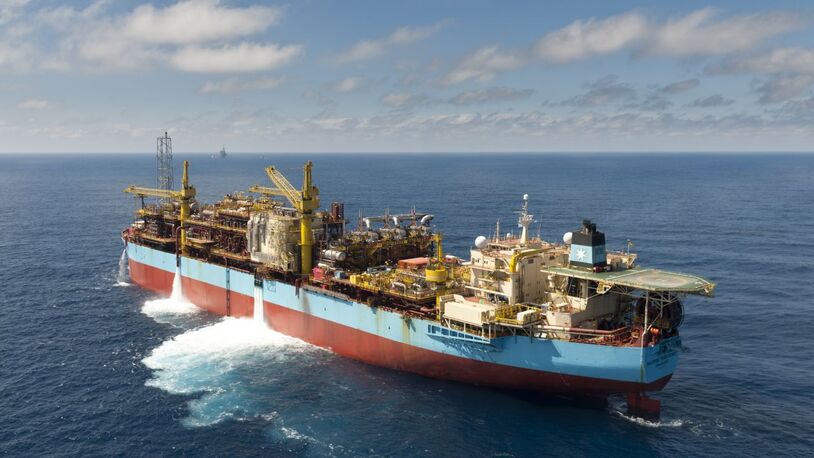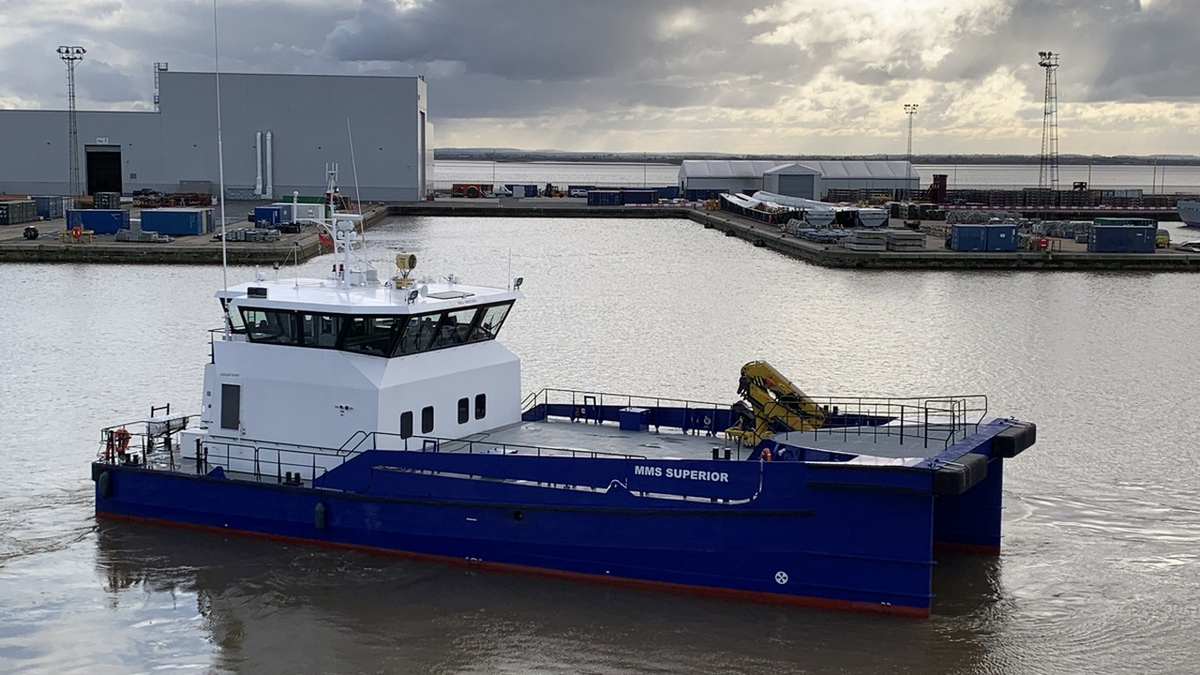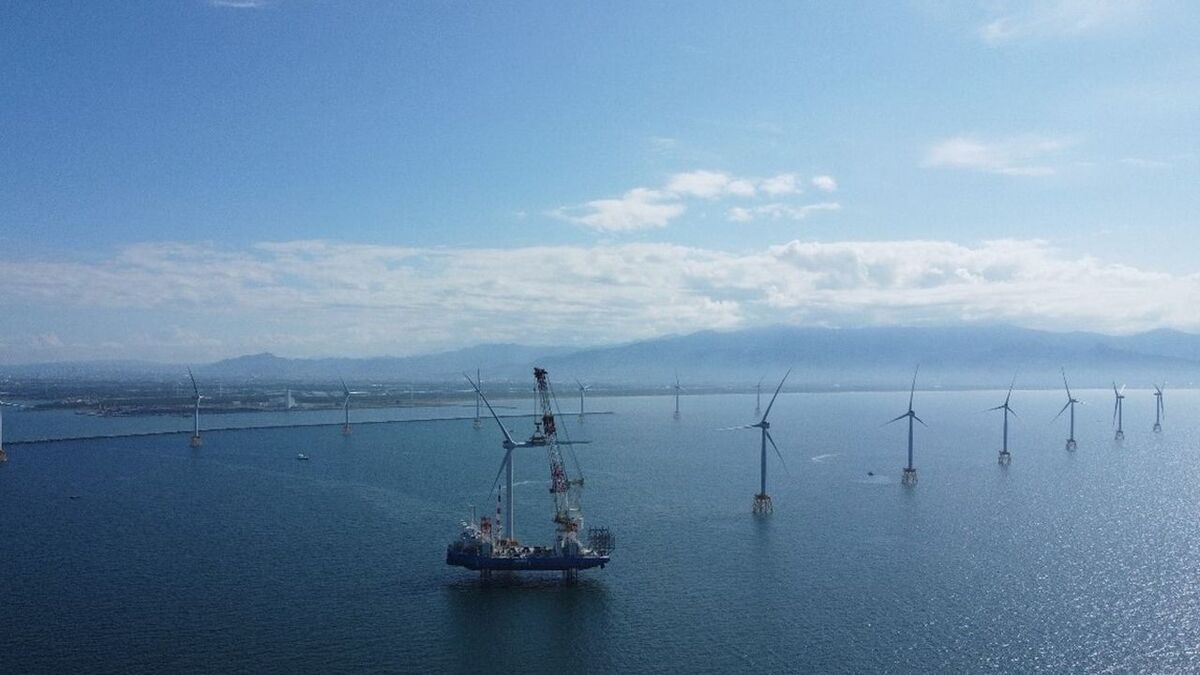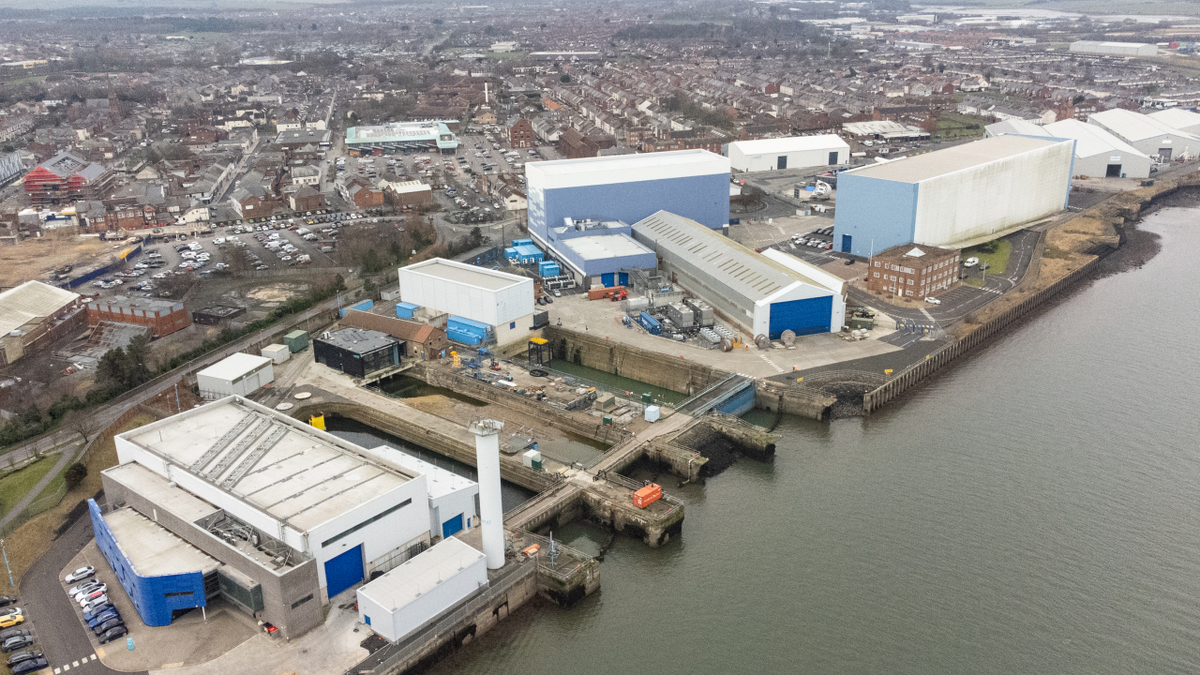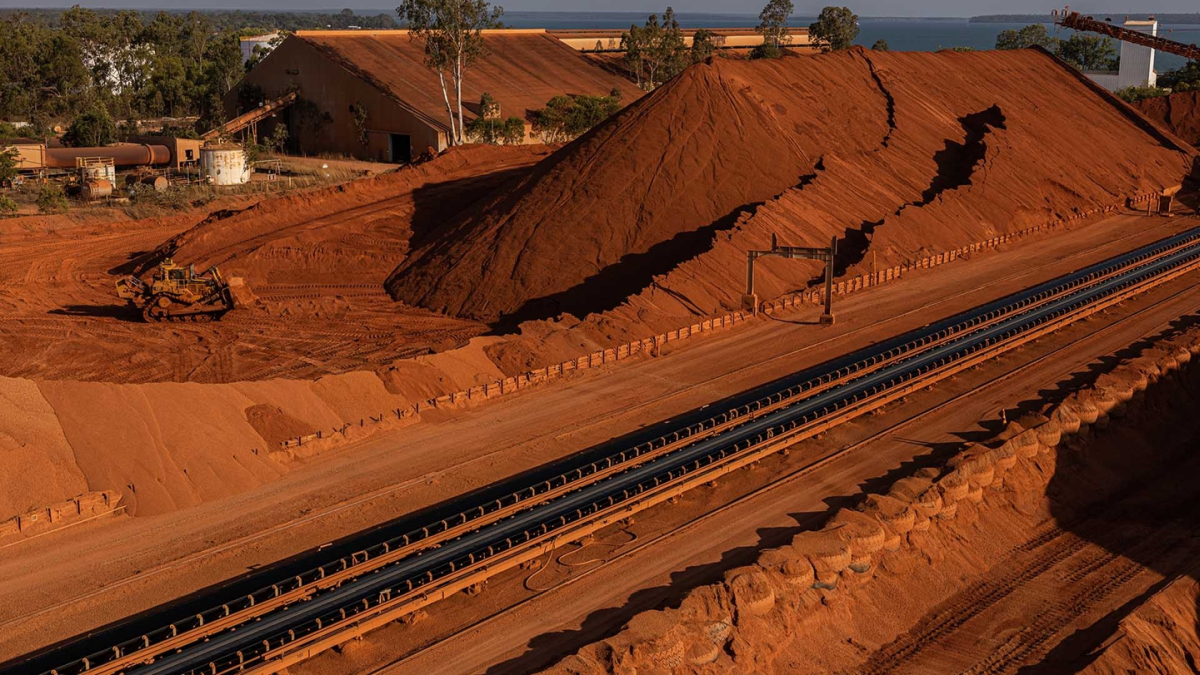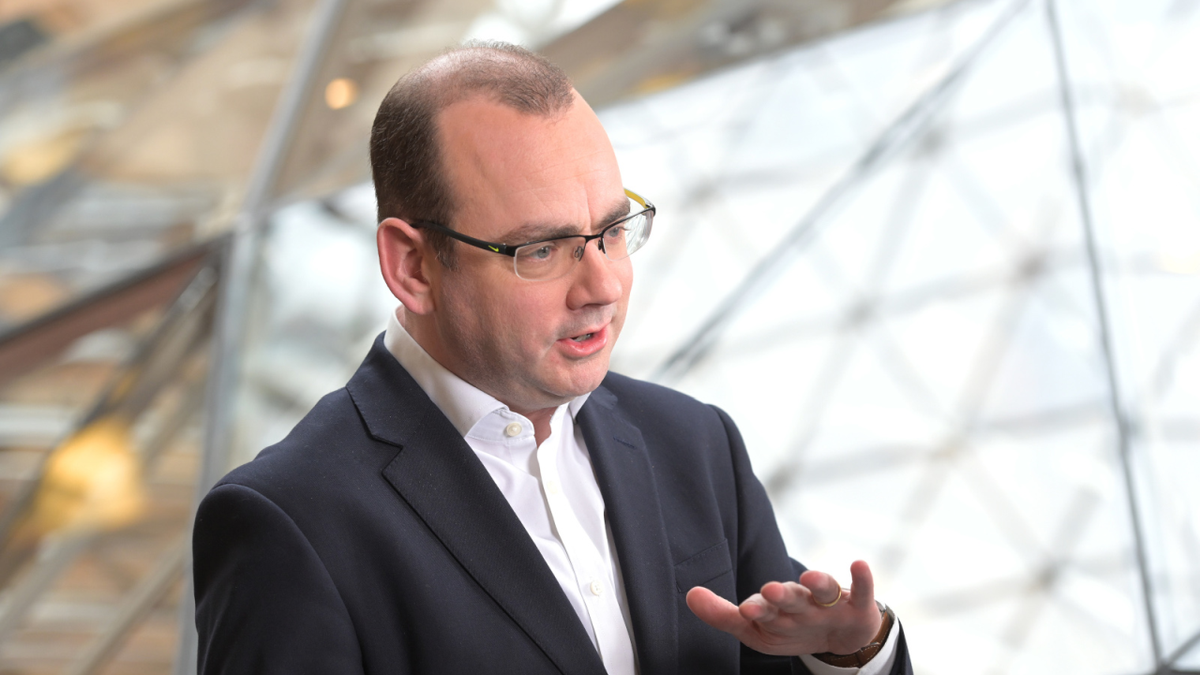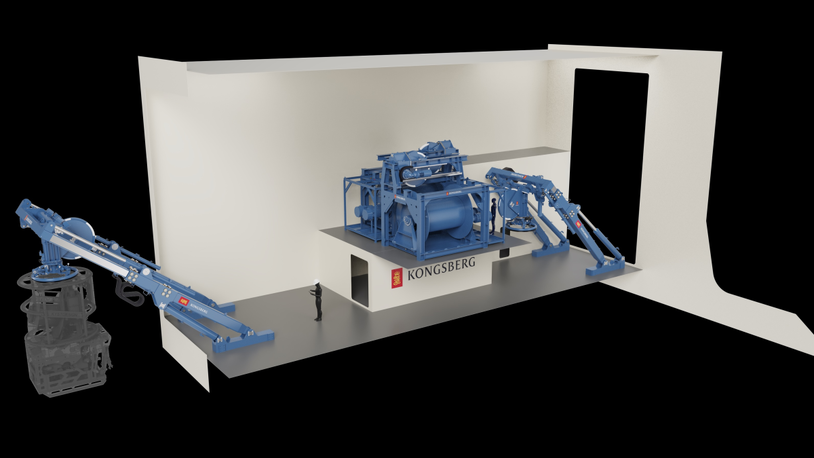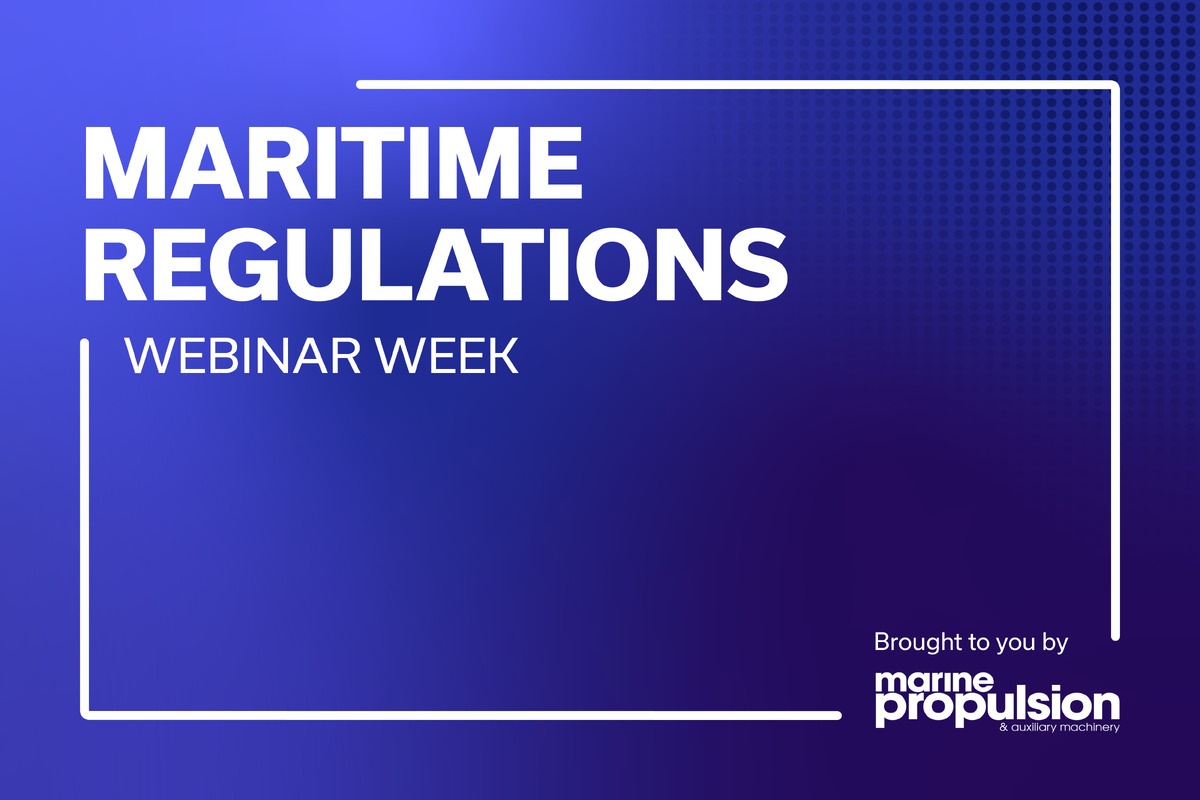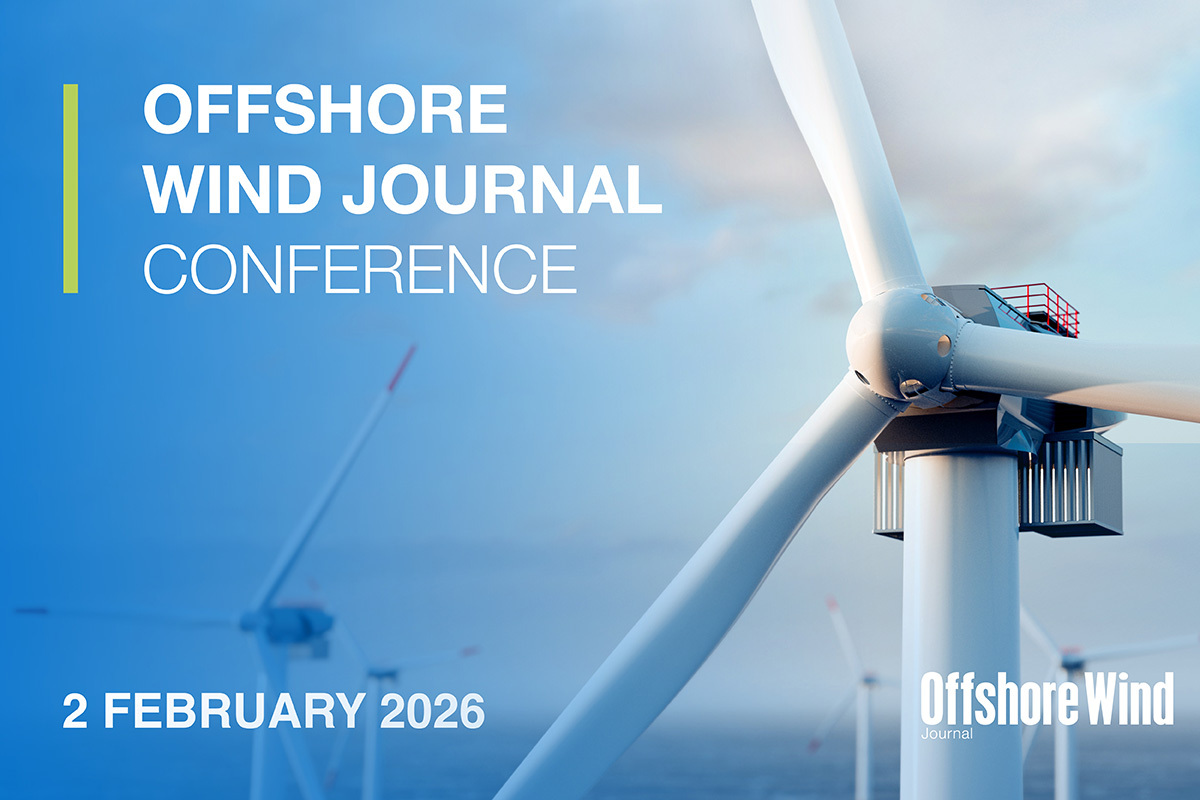Business Sectors
Events
Offshore Support Journal Conference, Middle East 2025
Contents
Register to read more articles.
Eyepopping: US$810Bn – possibly more – to be spent on offshore wind in next decade
With offshore wind installed capacity set to exceed 250 GW by 2030, Rystad Energy says combined capital and operational expenditure in the next decade will amount to what it described as “an eye-popping US$810Bn”
In a new report on the offshore wind market, the leading offshore industry analyst said the level of expenditure demonstrates the increasing shift in investment from oil and gas to renewable energy. “2030 will be the year of the inflection point when offshore wind capex will be on par with offshore oil and gas greenfield capex (excluding exploration work), at about US$100Bn,” Rystad said.
“The colossal level of investment anticipated in the offshore wind industry this decade reflects the ambitious targets set by companies and governments alike. As the market matures and economies of scale are achieved, investments could surge further, sparking even more installed capacity,” said Rystad Energy offshore wind analyst Petra Manuel.
“Cumulative installed capacity rose to 33 GW in 2020, a significant achievement for an industry that has nearly tripled its size since 2016,” said Rystad. “We expect the world’s installed capacity to hit an estimated 109 GW by 2025 and rise further to 251 GW by 2030, growing by 22% a year on average.”
This massive boost in capacity will involve a steep increase in global spending. Rystad Energy estimates that total expenditure will amount to US$56Bn in 2021 as almost 13 GW of capacity is expected to be commissioned, lifting cumulative installed capacity to 46 GW.
Annual spending will continue to rise to US$126Bn in 2030, after a short-lived dip in 2022 and 2023. Capex today accounts for 95% of total expenditure with opex representing only 5%, but capex’s share is expected to decline to about 80% by 2030 as newly installed capacity requires more spending on operations and maintenance.
Europe, as the most mature market, is expected to dominate offshore wind spending this decade, totalling about US$300Bn. Some of the assets with the largest level of expenditure are in the UK, including Ørsted’s 4.8 GW Hornsea Two, Three and Four projects, which are lined up for more than US$14Bn in capex. The giant Dogger Bank projects, to be developed in three 1.2-GW phases by SSE, could see more than US$11Bn in capex; Scottish Power Renewable’s 3-GW East Anglia Hub will require capex of in excess of US$8Bn.
China dominated spending between 2019 and 2021 due to its substantial annual capacity additions. In the coming decade, Rystad expects spending to total US$110Bn. Outside China, Asia is expected to see significant investments this year, driven by Vietnam and Taiwan. Spending in South Korea and Japan will also increase beginning in 2023 as more projects are lined up.
Rystad said the US risks falling behind due to the US Jones Act and delayed permitting processes for the US offshore wind industry, but the Americas as whole are expected to spend more than US$70Bn this decade on offshore wind projects – still a significant sum, but well below that of other global regions.
Rystad Energy expects North and South America will only start spending substantial amounts on offshore wind in 2023. The first large-scale project in the US will be the 800-MW Vineyard Wind 1 scheme developed by Avangrid and the Copenhagen Infrastructure Partners off the coast of Massachusetts, with an estimated investment of US$2.8Bn.
Turbine manufacturing costs represent the largest share of capex for offshore wind developments with almost 40% of total investment. This trend is expected to continue as countries, especially European ones, are increasingly deploying large turbines.
Foundation manufacturing is the second major cost element for building an offshore windfarm, requiring approximately 15% of overall capex. Rystad believes that foundation’s share of capex should remain at the same level for the time being because it does not expect a significant influx of floating foundations in this decade.
Cable manufacturing, consisting of array and export cables, accounts for about 14% of total capex. Combined with cable installation costs, this segment of the market weighs in at about 20% of capex. This cost is not expected to increase as 2030 approaches as larger turbines help reduce cable and installation costs despite projects moving increasingly far from shore.
Riviera Maritime Media’s Offshore Energy Webinar Week is being held 14 June 2021 – use this link for more details and to register
Related to this Story
Events
Offshore Support Journal Conference, Middle East 2025
Maritime Regulations Webinar Week
Maritime Decarbonization Conference, Americas 2026
Offshore Wind Journal Conference 2026
© 2024 Riviera Maritime Media Ltd.
